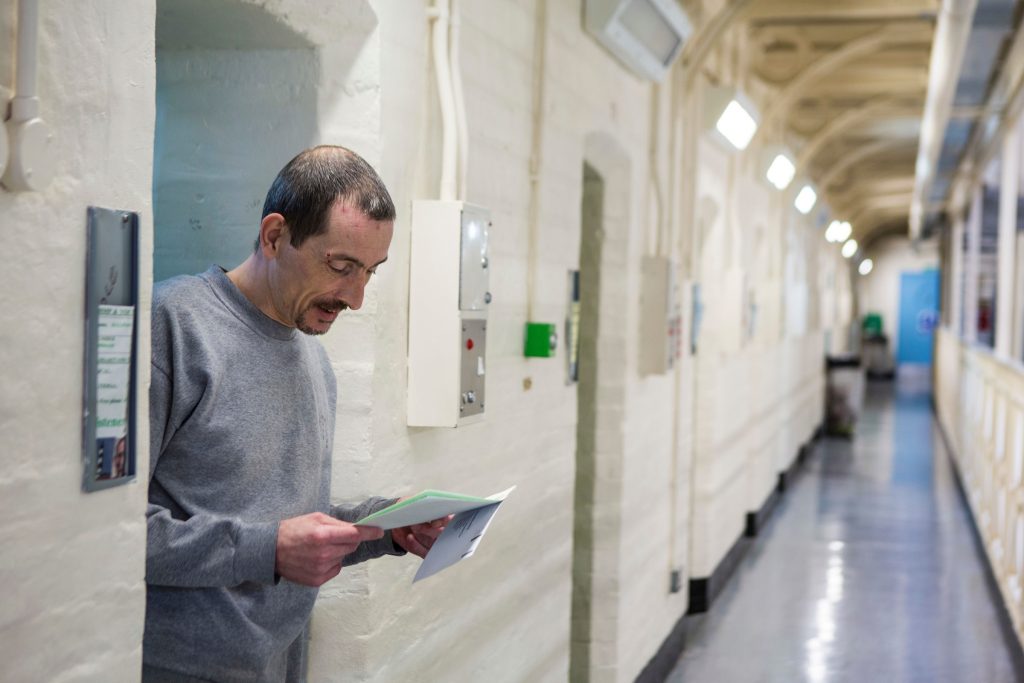Dramatic rise in numbers spending 10 years or more in prison
The last 20 years has seen a dramatic increase in the number of people serving long prison sentences a new briefing published by the Prison Reform Trust today (4 October) reveals.
The briefing has been produced as part of the Prison Reform Trust’s Building Futures project, a five-year project funded by the National Lottery Community Fund to explore the experiences of people who will spend 10 or more years in custody.
Sentences for more serious crimes have become longer and far more people will now spend 10 or more years held in prison. Meeting the challenges of this change will shape the prison landscape for the foreseeable future, the briefing says.

There are now nearly 11,000 people in prison in England and Wales who will spend 10 years or more held in custody—more than two-thirds (67%) of whom are serving indeterminate sentences and do not know when or if they will be released.
In 2019, the latest year for which data are available, 124 people were sentenced to custody for 20 years or more (excluding life sentences) and are likely to spend 10 years or more held in custody—four times the number of just a decade ago. There are now over 3,500 people in prison serving one of these long determinate sentences.
The minimum terms people on life sentences must spend in custody—known as tariffs—before they can be considered for release on licence are rising. The average tariff imposed for mandatory life sentences for murder rose from 12.5 years in 2003 to 20 years in 2020.
The overall amount of time spent in custody before a person is granted release has also increased, with people serving mandatory life sentences spending 17 years in custody on average, up from 13 years in 2001. Given the increase in average tariff lengths now handed down by courts, this figure is bound to continue to rise substantially over the coming years.
Unsurprisingly, people serving long prison sentences have been convicted of serious crimes, most commonly violent and/or sexual offences.
In the last decade these two categories have accounted for between 47% and 78% of offences for those given determinate sentences of more than 15 years—accounting for 58% of offences in 2019. Drug offences remain another significant contributor, as the third largest category in each year during the last decade.
However, the increase in the number of people receiving these sentences has coincided within a period where both the rate and number of violent offences resulting in injury have fallen, and remain historically low. Between 2009–19 the incidence of violent crimes which resulted in injury, as reported in the Crime Survey England and Wales, fell by 44%, with a rate of 13 offences per 1,000 adults, compared with 22 per 1,000 in 2009.
Similarly, crime survey estimates reveal that—despite some fluctuation—the number of sexual assaults remain broadly similar to a decade ago.
Despite a small uptick in the last three years, the number of police recorded drugs offences had also been declining—both for trafficking offences and for “possession (excluding cannabis)”, falling by 4% and 16% respectively.
During the same period, public concern about violent crime has fallen, with the proportion of people with “a high level of worry” about violent crime declining from 13% to 8%. A higher proportion of people report feeling “very/fairly safe” walking alone after dark, rising from 73% to 78% overall and from 61% to 69% for women.
Previous research by the National Audit concluded that there is no evidence of a clear link between the use of prison and changes in levels of crime. This is also backed up by other international comparisons, which also show there is no consistent link between the two.
Commenting, Dr. David Maguire, director of the Prison Reform Trust’s Building Futures project said:
“This new briefing shows that over the last decade sentences for more serious crimes have been getting longer, with many more people spending periods in prison which would have previously been unimaginable. The impact on both prison and probation services is significant and long-term, and meeting the challenges of this change will shape the landscape for years to come.”